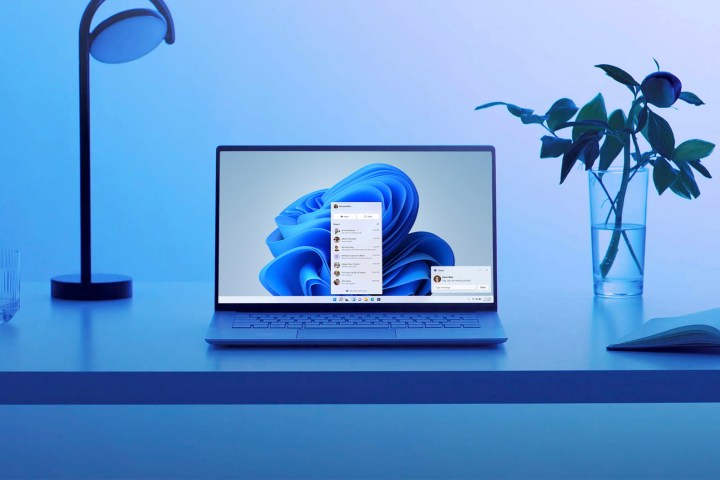Microsoft is planning to roll out a new feature for Teams and Zoom that will allow you to substitute your live camera feed for a 3D avatar when on a video call.
The new feature is set to launch in May, according to Microsoft’s product road map. The 3D avatars will be available in many “customizable body types, skin tones, hair colors and hairstyles, clothes, and facial features, as per prior announcements from Mesh for Teams,” according to Ars Technica.

Mesh functions as an easy way to stay covert when you might not be in your most presentable state. Currently, the entire list of Mesh features remains unknown. however, there are some hints of Microsoft’s future plans for the feature circulating.
The brand initially announced the Mesh avatars in late 2021 when several companies were invested in the metaverse. The concept was intended not only as a method for showcasing 3D avatars in Teams, but also for users to interact in VR workspaces with other colleagues. Microsoft said at that time that the avatars were supposed to move only when users spoke, but the brand soon plans to have the avatars match the user’s real-time movement with their webcams.
Microsoft also intended Mesh to release in 2022, but the launch was delayed by the burgeoning interest in artificial intelligence (AI) across the industry. The brand made known its collaboration with the company OpenAI and had begun incorporating AI chatbot features into many of its products, including Bing Search and the Microsoft Office suite.
The Mesh project became less of a priority for Microsoft as interest in the metaverse dwindled and more workers returned to offices. The company also experienced a host of layoffs in its transition to AI, Ars Technica noted.
Other brands, such as Meta (formerly Facebook) stated in 2022 that the metaverse would take between five and 10 years to be fully realized. However, it has also since shifted away from that concept in favor of AI.



